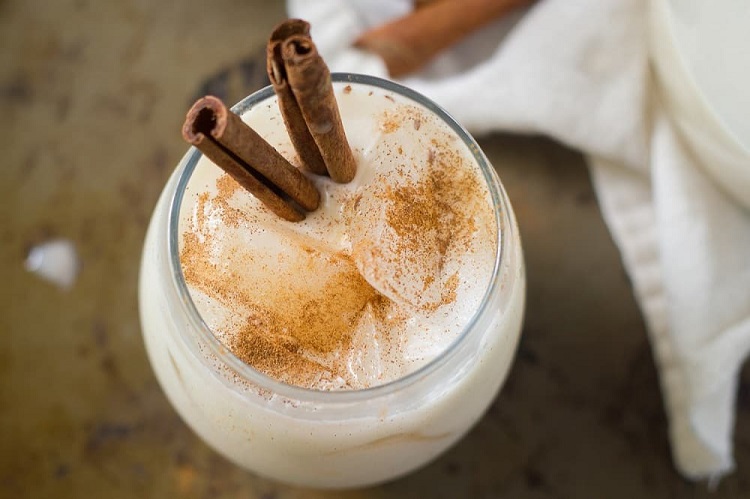Why Is Horchata Popular in Different World Cultures
Many civilizations throughout the world appreciate horchata, a creamy, pleasant beverage. This beverage, which is usually brewed with rice, almonds, or tiger nuts, has a lengthy history and a broad range of varieties that add to its popularity. Due to its distinct flavor, cultural importance, and versatility, it is a popular beverage around the world.

History and Origins
Horchata dates back to Valencia, Spain, where chufa, or tiger nuts, were first used to make the beverage. Later, when the Spanish invaders brought this beverage to their colonies in the Americas, native components like rice and almonds were added. The drink’s longevity and versatility are demonstrated by its history.
Spain
“Horchata de chufa” is the Spanish term for horchata, which is produced with sugar, water, and tiger nuts. This horchata has a distinctly nutty flavor and is typically consumed cold in the summer. A mainstay of Valencian culture, its consumption is linked to customary Spanish celebrations and get-togethers.
Mexico
Rice, cinnamon, and sugar are the main ingredients of Mexican horchata, which is arguably the most well-known kind worldwide. Vanilla or almonds are occasionally added to improve the flavor. This kind of horchata is a popular drink for holidays like Día de los Muertos and Cinco de Mayo, and it is frequently offered in Mexican restaurants worldwide. It is a popular among both locals and visitors because of its creamy and sweet flavor that goes well with spicy Mexican food.
America Central
Rice, sesame seeds, morro seeds, and spices like nutmeg and cinnamon are combined to make horchata in nations like El Salvador and Honduras. This regional version demonstrates how adaptable horchata is, since it may be made with a range of locally sourced ingredients. In hot weather, especially, the Central American variant is frequently savored as a nourishing and cool beverage.
United States
The popularity of horchata in the US has increased as a result of immigration from Mexico and Central America. These days, Latin American restaurants and even mainstream supermarkets frequently carry it. Due to its distinct taste and refreshing properties, Americans who are interested in trying new foods from around the world often choose this drink. The expanding tendency of embracing different cuisine cultures and the growing interest in non-dairy milk substitutes are also contributing factors to its success.
Advantages for Health
Horchata has a number of health advantages in addition to being tasty. Horchata has the potential to be an excellent source of antioxidants, vitamins, and minerals depending on the components utilized. Tiger nuts, for instance, are high in fiber, vitamin E, and good fats. Horchata made from rice can serve as a dairy-free and gluten-free substitute for regular milk, making it appropriate for people following certain diets. In addition, several of the spices used in horchata, including cinnamon, have the ability to reduce inflammation and improve digestion.
Conclusion
Horchata’s long history, versatility, and distinct flavor account for its appeal across cultural boundaries. All horchatas, whether tiger nut-based in Spain, rice and cinnamon in Mexico, or seed and spice in Central America, are unique and delightful. The beverage’s adaptability to various palates and dietary requirements guarantees its global appeal. Horchata is going to be a popular and pleasant beverage for many years to come as more people learn to enjoy and appreciate this adaptable beverage.



Commenti recenti